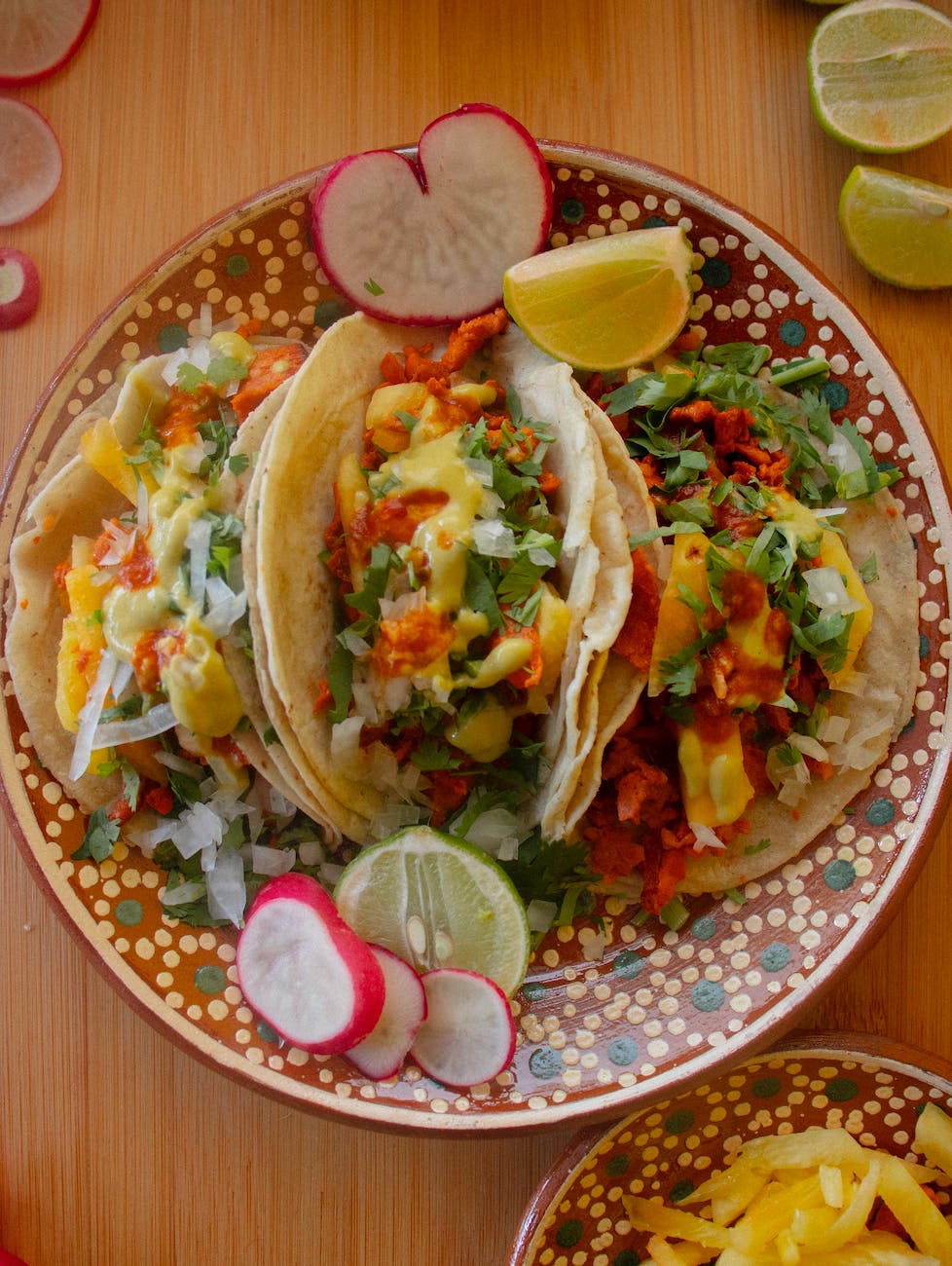
Los Angeles, a city known for its cultural diversity, is a melting pot of various cuisines from around the world. Among these, the humble taco holds a special place. A staple of Mexican cuisine, the taco has found a home in the heart of Los Angeles, with countless taco joints spread across the city, each offering its unique take on this classic dish. But with so many options, how do you find the best tacos in LA?
To help you navigate this culinary landscape, we’ve embarked on a gastronomic adventure, exploring the length and breadth of the city to bring you a detailed guide to the best taco places in Los Angeles. This journey is not just about finding the tastiest tacos, but also about showcasing the variety and cultural depth of tacos that LA has to offer.
In the video titled “The Best Tacos In LA | Best Of The Best” on the Insider Food YouTube channel, hosts Joe Avella and Sydney Kramer take viewers on a culinary journey to find the best tacos in Los Angeles.
Joe and Sydney, both food enthusiasts and connoisseurs, have a knack for exploring diverse food cultures and bringing their unique findings to their audience. In this episode, they visit four of the most acclaimed taco places in Los Angeles. Their quest is not just about finding the tastiest tacos, but also about showcasing the variety and cultural depth of tacos that LA has to offer.
For a detailed account of their taco tour, watch the full video here.
Here’s a reverse chronological tour of our flavorful adventure:
4. Ricky’s Fish Tacos 🐟🌮
Ricky’s Fish Tacos is a gem in the heart of Los Angeles that brings the authentic taste of Ensenada to the city. Known for their fish tacos, Ricky’s uses a unique five-ingredient batter and a type of lean catfish called swai. The fish is brined overnight, battered, and deep-fried to create a taco that is reminiscent of fish and chips, offering a unique twist to the traditional taco.
3. Carnitas El Momo 🐷🌮
Carnitas El Momo is a family-run business that specializes in all things pork. Here, carnitas are made by slow-cooking pork in oil or lard for several hours until it’s tender and juicy. The result is a taco filled with a blend of different cuts of pork, including ear, shoulder, and skin. The richness of the pork is perfectly balanced by the brightness of the salsa, creating a taco that is both flavorful and satisfying.
2. Mariscos Jalisco 🍤🌮
Located in Boyle Heights, Mariscos Jalisco is renowned for its deep-fried shrimp tacos. The recipe is a closely guarded secret, but the result is a taco unlike any other. The shrimp is deep-fried and topped with avocado and house-made salsa, creating a unique, addictive flavor that has attracted customers from far and wide, including celebrities like Chrissy Teigen.
1. Sonoratown 🥩🌮
Our first stop was Sonoratown, located in downtown Los Angeles. This place is known for its amazing flour tortillas and mesquite-grilled carne asada, standing out for its unique northern Mexican style. The owners make frequent trips to Mexico to source special flour for their tortillas, and the carne asada is cooked over a mesquite grill, a rarity in Los Angeles. The result? Tacos are a flavorful blend of finely diced meat, spicy chile de árbol salsa, avocado puree, and cabbage, all wrapped in a soft, delicate tortilla. The taste is so distinct that it has earned Sonoratown the LA Taco Best Taco award.
So, if you’re in LA and craving tacos, make sure to visit these places. Each of these taco joints offers a unique flavor profile, showcasing the diversity and richness of LA’s taco scene. Whether you’re a fan of carne asada, shrimp, carnitas, or fish tacos, there’s something for everyone. And who knows? You might just find your new favorite taco spot. So, put on your explorer’s hat, bring along your appetite, and embark on this exciting taco tour. Happy taco hunting! 🌮🕵️♀️














